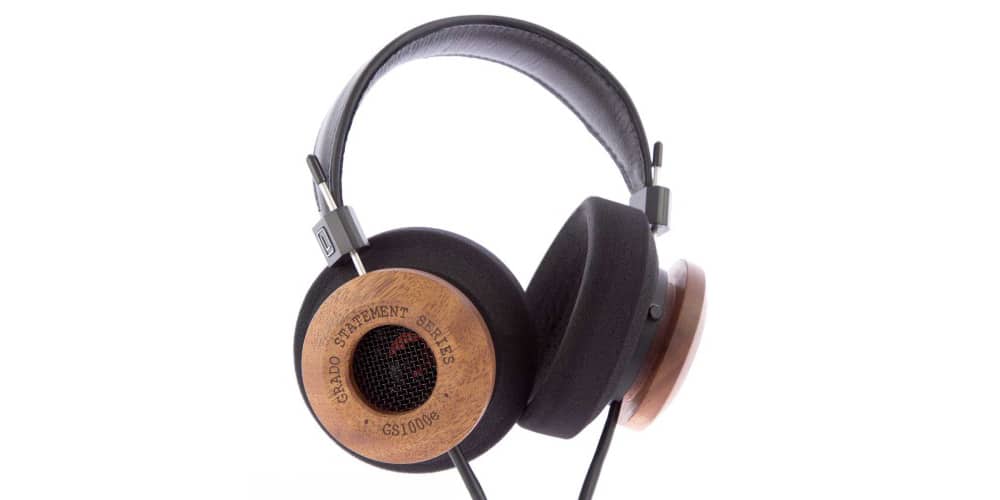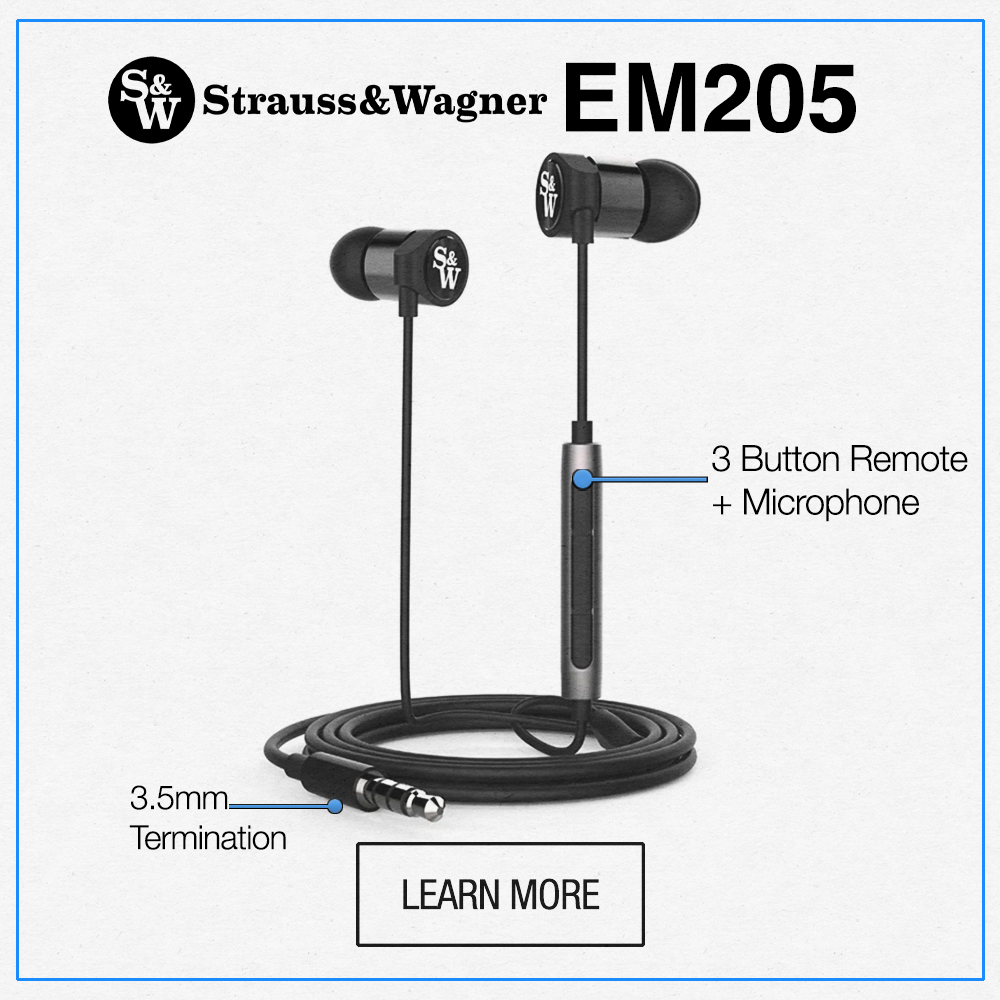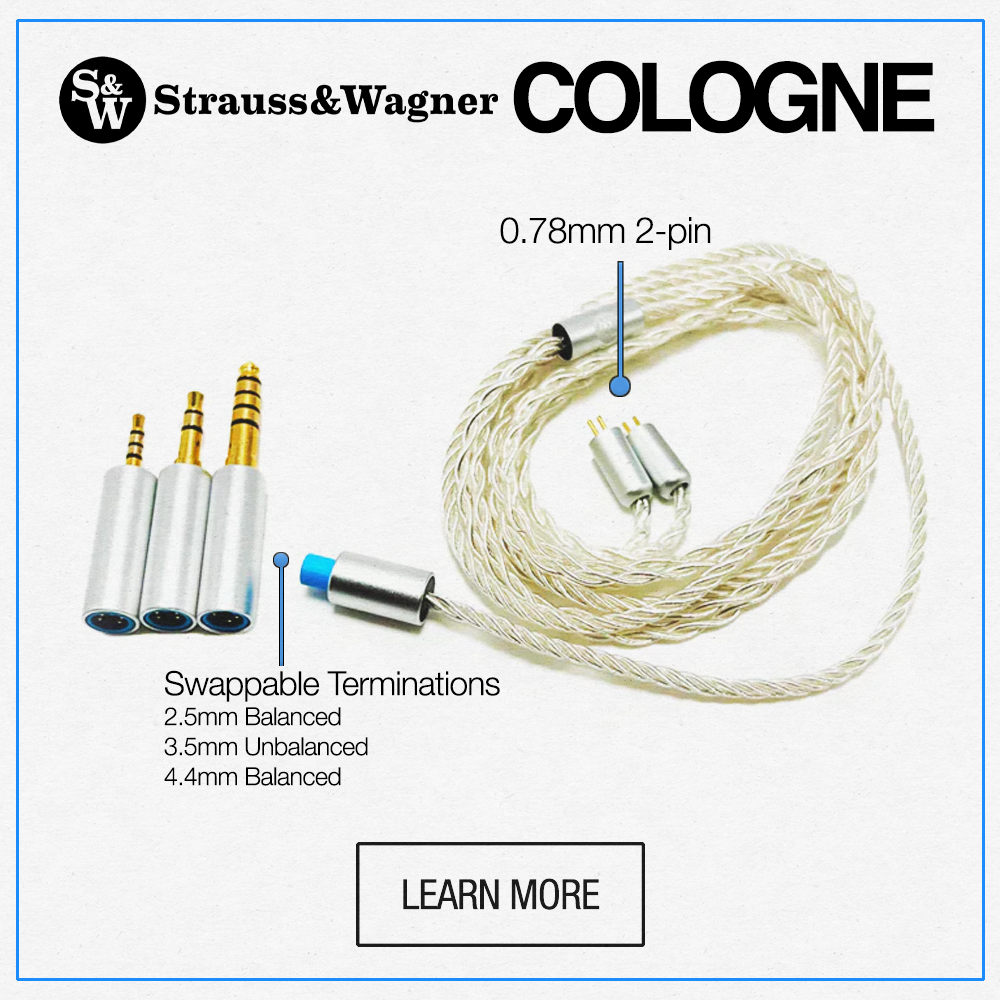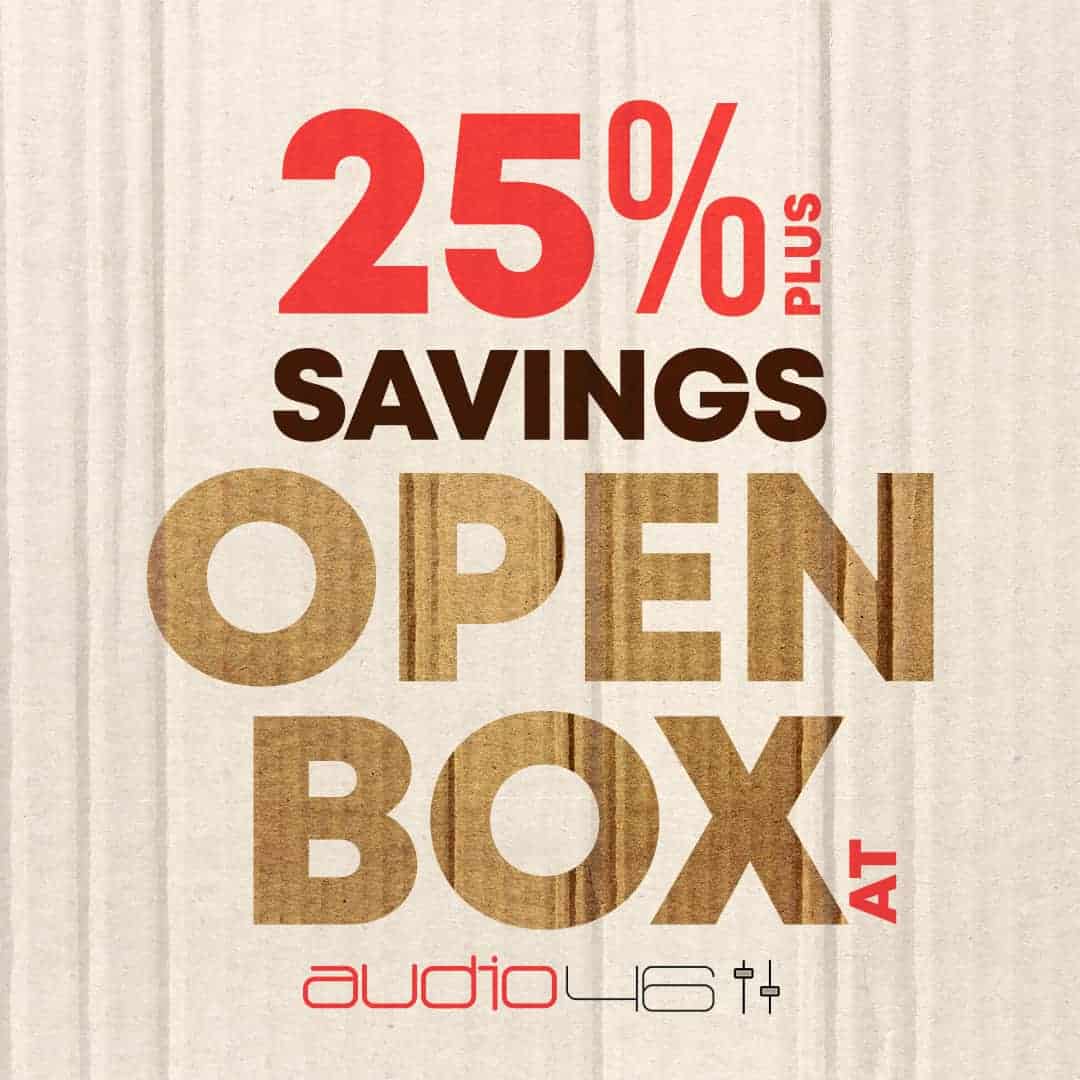Whether you are an aged audiophile or novice seeking earphones, over-ear headphones, or truly wireless buds there are a few things you should always consider. Hence, we’ve crafted Your 2017 Headphone Guide for selecting the right pair of headphones in light of all the fun, new innovations that have hit the world of tech over the years.
Your 2017 Headphone Guide
Intended Use
The first thing to consider is what do you plan to use these headphones for? That will determine the basic build and features of the headphones. For example, if you need headphones for working out then you’ll need a fitness bud ensuring it’s designed to withstand the rigor of physical activity as well as feature a sweat or water resistant frame. Headphones are designed for a range of reasons, including studio use, commuting, causal listening, running, and so forth.
Build
The means in which you plan to use your headphones usually determine the build. Sports headphones are slimmer while audiophile cans are usually larger and fit with super soft premium leather for extended wear. There are also a few different typical styles of headphones to look to in Your 2017 Headphone Guide.

- Open-Back vs Closed-Back: Open-back headphones are designed with vents in the back of the ear cups to allow sound leakage. This opens up the soundstage for the music to breathe allow for a wider and more expansive sound stage as well as spatial recreation. People who enjoy classical, jazz, and other instrument-heavy genres this is usually a favorite. This type of headphone, takes the “stress” off of higher pitched sounds, but there is a slight loss in bass. Closed-back headphones are the ones you see most while commuting. These headphones retain your sound inside the ear cups, with minimal leakage and better bass retention.
- In Ear, On-Ear, Over-Ear
- In-Ear Monitors (IEMs): These headphones are also known as earbuds. They sit inside your ear canal and fit within the conch of your ear. There are two primary forms of in-ear buds either being hard plastic tips (like Apple buds) that sit inside of your ear or those with soft tips that slide into your ear canal. These buds do not enclose your entire ear and are easy to transport.
- On-Ear: These headphones have ear cushions that sit on top your ear. They provide pretty good sound isolation. These headphones are usually a lighter and slimmer alternative to over-ear headphones. In addition, these cans are often a go-to choice for people who wear glasses, since there is less pressure applied by the ear cups onto the sides of their heads.
- Over-Ear: These cans are designed to enclose your entire ear with the ear cushions creating a seal outside of your ear. These headphones usually have a larger build than the aforementioned.
Feel, Comfort, Fit
Your headphones should also be pretty comfortable, regardless of how long you plan to wear them. When it comes to over-ear and on-ear headphones you’ll want to consider the type of material used to make the ear cushions (fabric, faux leather, lambskin leather, etc.). You’ll want to make sure this material can withstand whatever you plan to use these headphones for. Also, make sure the material is comfortable to you. Lambskin leather is very posh, but if it makes your ears overheat it may not be the best option. When it comes to earbuds, you’ll want to consider the same for ear tips.
Silicone vs Memory Foam Ear Tips: Silicone ear tips are a soft, flexible type of tip. They are a comfortable fit for most in a one-size-fits-all fashion. Memory foam tips are malleable. You can squish them to better fit inside of your ear canal. Thanks to your body heat, the memory foam expands to fit nice and snug against the walls of your ear canal. This allows for better sound isolation.
If you are looking at truly wireless buds, the fit is absolutely one of the most important features – you don’t want them to fall out – so factor in the type of bud fixated at the end of the wireless ear piece in addition to if the truly wireless bud feels like something you’d want to wear for hours on end.
Extra Features
- Truly/Wireless: If these cans are wireless consider how long of a battery life will they support and how long will it take to fully rejuice them. And what should you look for if considering truly wireless? They’ve become one of the biggest innovations over the past year (with numerous companies launching their own via crowd funding platforms). So we are bound to see more of these wire-free buds on the market, that’s why they are part of Your 2017 Headphone Guide. We’ve previously mentioned the fit, but be wary of the wireless capability. How long is the battery life and is a portable charging unit included? If so, brownie points for sure! P.S. Truly wireless buds average about 3 hours of battery life.
- In fact, battery life is critical for any wireless headphone. Consider this always! Also, look out for a detachable cable to use when the headphones are out of battery.
- If the earbuds are just wireless consider if the cable connecting the two ear pieces is a lightweight or a larger neckband.
- Noise-Cancelling: Your 2017 Headphone Guide needs to touch no one of the most asked about features of in the past year, noise-cancelling. This feature is designed to tune out the world so you can hear just your music. However, a common misconception is that this technology can completely remove all background noise and that is not true. It just doesn’t work that way. It can, however, greatly reduce the volume of ambient noise. Microphones in the headphones create an inverse sound wave to the ambient noise which cancels it out leading to lower volume. If you travel a lot or need to tune out your noisy office, this feature is helpful.
Sound Quality/Music
Your 2017 Headphone Guide would not be complete if we did not factor in sound quality. Some headphones give way to heavy bass while others are more neutral and some are warm, adding a little oomph across the entire frequency range. The choice is up to you, but this also goes back to intended use – if you are mixing in the studio or DJ-ing, you may want some thing neutral. If you are listening for pure enjoyment, some warmth might be nice!
Cost
Lastly, you have to consider cost. If you are purchasing audiophile grade headphones you may need an amp and that will be a separate fee. As you consider more features the fee will go up. Be advised, as you hunt for headphones look to authorized dealers. The price may be more then eBay, but you want to make sure you have authentic parts and a manufacturer warranty. Now that you’ve read Your 2017 Headphone Guide we wish you all the best.
Happy Hunting!
Compare the ranking of various headphones, earbuds and in-ear monitors using our tools.
Discuss this, and much more, over on our forum.
---MAJORHIFI may receive commissions from retail offers.













